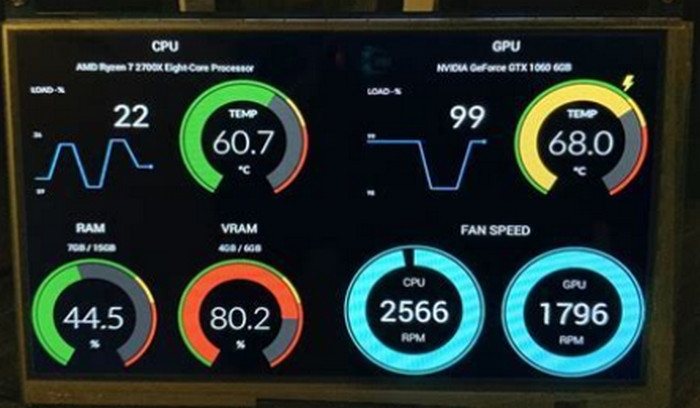Monitoring the temperature of your CPU is essential to preserving peak performance and averting possible harm.
System instability, crashes, and even hardware failure can result from overheating. Here’s how to keep an eye on the temperature of your CPU.
The source symbol
Comprehending CPU Temperature
Normal range: Depending on the processor, workload, and cooling system, different CPU temperatures are optimal. Under typical load conditions, temperatures between 30°C and 70°C are generally regarded as appropriate.
The source symbol
Overheating: A temperature above 90°C may be a sign of overheating.
Thermal throttling: When the CPU overheats, it may lower its performance as a self-defense mechanism, which reduces system responsiveness.
Techniques for Tracking CPU Temperature: 1. Utilizing Complementary Software
There is a large selection of both free and commercial software alternatives for keeping an eye on CPU temperature. Among the well-liked options are:
The source symbol
Core Temp: Provides real-time temperature data for every CPU core with an easy-to-use UI.
The source symbol
HWMonitor: Shows comprehensive hardware data, such as voltage, fan speeds, and CPU temperature.
CPU-Z: This tool, which is mostly used to identify CPUs, can also measure temperatures.
Open Hardware Monitor: A free and open-source program with powerful monitoring features.
The source symbol
How to make use of these instruments
After downloading, install the selected program.
The source symbol
To see your CPU temperature, launch the software.
To create a baseline, keep an eye on the temperature under various workload conditions.
2. Examining UEFI and BIOS
The temperature sensors found in the majority of contemporary PCs can be accessed via the BIOS/UEFI setup:
Press the correct key (typically Del, F2, or F10) to access BIOS/UEFI after restarting your computer.
The source symbol
Go to the area that contains system information or hardware monitoring.
Check the temperature measurements of the CPU.
Note: The temperature readings from BIOS/UEFI are usually merely an instantaneous snapshot and therefore not as detailed.
The source symbol
3. Command Prompt (Advanced Users) Utilization
The following command can be used by anyone who is familiar with command-line tools: WMIC (Windows Management Instrumentation)
As an administrator, launch Command Prompt.
The source symbol
/namespace:\\root\openhardware\sensor path wmic type Press Enter after SensorData gets CurrentReading.
The temperature of the CPU and other sensor measurements will be shown by this command.
It should be noted that the result may not be as user-friendly as dedicated software.
Recognizing Overheating Problems
There may be a problem if your CPU temperature often rises above 90°C or if you experience regular thermal throttling. Among the potential reasons are:
Dust buildup: Dust off the interior parts of your computer, such as the CPU fan and heatsink.
The source symbol
Thermal paste: To improve heat transfer, reapply thermal paste to the CPU and heatsink.
Inadequate cooling: You might want to consider getting a better CPU cooler.
Overclocking: Lower the voltage or clock speed if your CPU has overclocked.
Extra Advice
Keep an eye on the temperature when working: While performing taxing tasks like gaming or video editing, check the CPU temperature.
Employ a cooling pad for your laptop: A cooling pad might assist in lowering temperatures if you use a laptop.
The source symbol
Keep vents clear by making sure there is enough airflow around your computer.
You can support the upkeep of your computer’s health and functionality by adhering to these guidelines and routinely checking the temperature of your CPU.



